These Colorful Vegetables Are at Their Peak Flavor During Spring
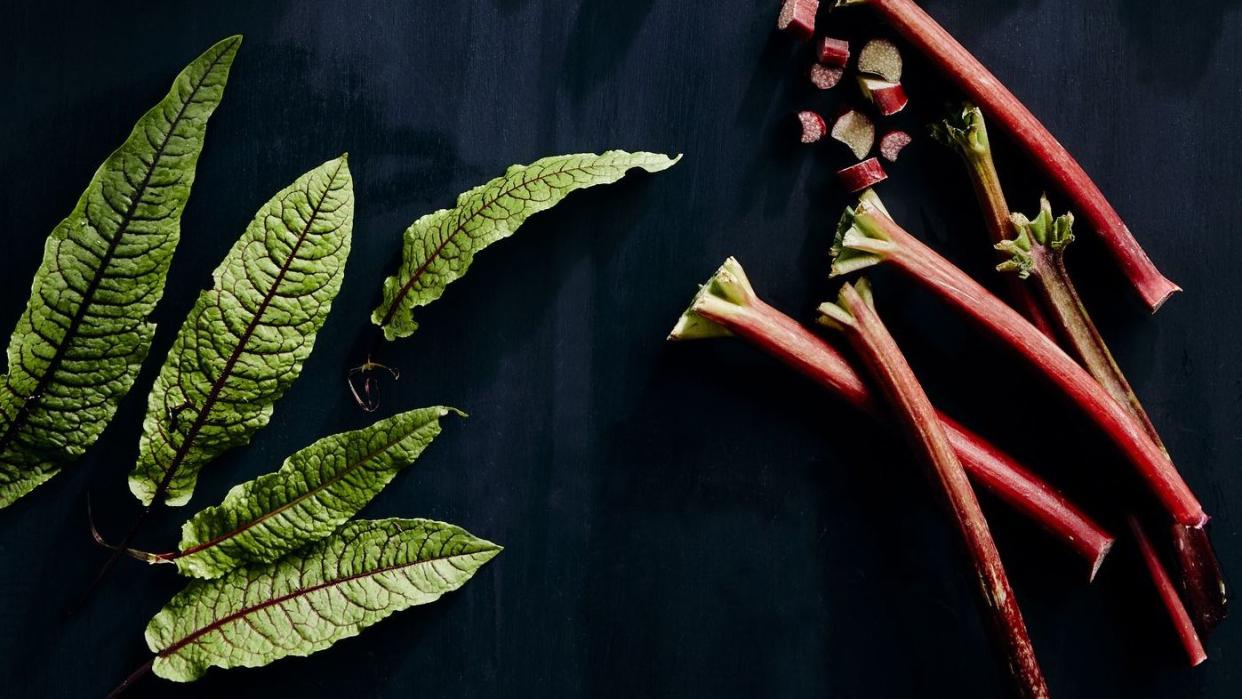
"Hearst Magazines and Yahoo may earn commission or revenue on some items through these links."
Don't get us wrong, we love stick-to-your-ribs comfort food and winter vegetables when the temperatures are chilly. But as the days grow longer and spring draws near, we start to yearn for warmer weather and lighter fare. That's when it's time to add the fresh flavors of spring vegetables to our family dinners. We're talking crispy stalks of asparagus, snappy peas of every type, and tender lettuce leaves―not to mention the bright colors of radishes, rhubarb, and carrots.
Many of these spring veggies are super-easy to grow in your own backyard garden and you can even grow them in a few containers if you don't have a ton of space like onions. Farmers' markets are another great place to source the freshest spring vegetables, while supermarkets also begin to stock up on these seasonal favorites. There's nothing quite like freshly picked veggies eaten raw in spring salads for lunch, sautéed for spring dinner, or even as part of a healthier air fryer recipe.
Whether it's a sunny brunch or dinner al fresco, try adding a few of these delicious spring vegetables to your plate. You just may discover a new family favorite to make meals more fun and interesting. So go ahead, try one (or two or three!) of these spring vegetables for your next meal. They'll add so much color and flavor to your plate.
Asparagus
Tender spears of asparagus are harvested in early to mid spring. Choose asparagus that feels solid, not rubbery or mushy. They're amazing when roasted or grilled—and they're surprisingly quick to cook. Asparagus is one of the few perennial vegetables that you can grow, too, so find a sunny spot to plant the crowns in mid-spring. To store, trim the ends and place them in a jar of water like you would for a bouquet of flowers. Stash them in the fridge for up to five days.
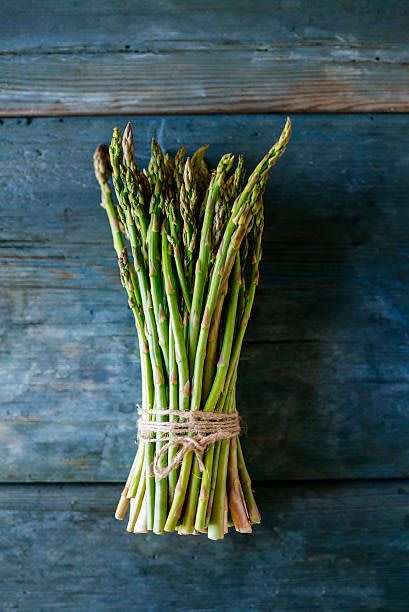
Snap Peas
Garden peas, also known as snap peas, are available year-round but are sweetest in the spring. Choose crispy pods, then shuck and steam them. They can be used in a wide variety of recipes. Peas are also easy-to-grow; plant about six weeks before the last frost date, and give them a trellis to climb. They are best stored whole in a bag or container in the crisper drawer of your fridge, and should last up to a week.
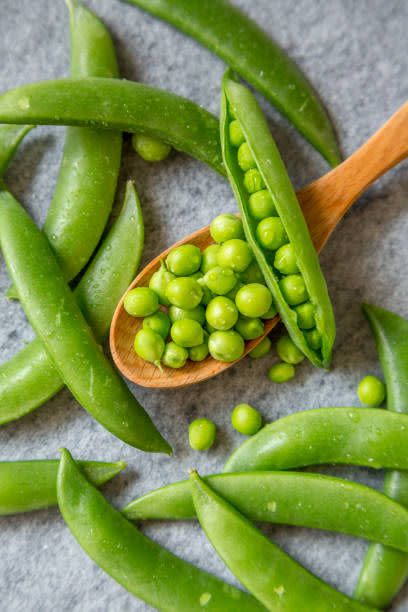
Arugula
The slightly peppery bite of arugula adds flavor to salads, pasta dishes, or pizza toppings. It's available year-round but is found in farmers' markets in spring. Sow the seeds as early as the soil can be worked, and enjoy the pleasant flavor in about six weeks. To keep the leaves from wilting, wrap the arugula in paper towels, place in a plastic bag, and stash in the fridge for up to a week.
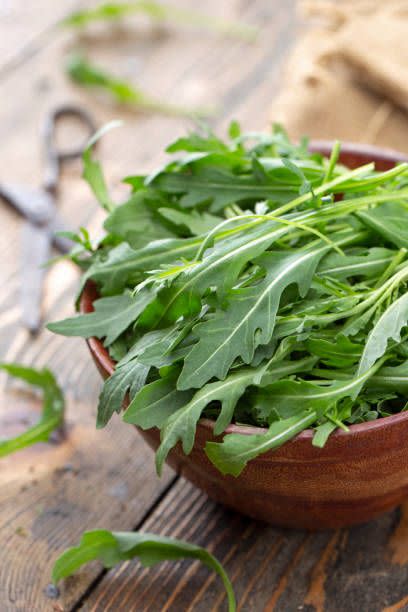
Sorrel
Sorrel has a tangy, lemony taste that works well in salads or soups. It’s a lesser known heirloom perennial green that’s easy to grow, and it's one of the first greens to pop up in early spring, making it extra welcome after a long winter! Like storing arugula and other delicate leaves, wrap sorrel in paper towels before placing in a plastic bag and storing in the fridge for up to a week.
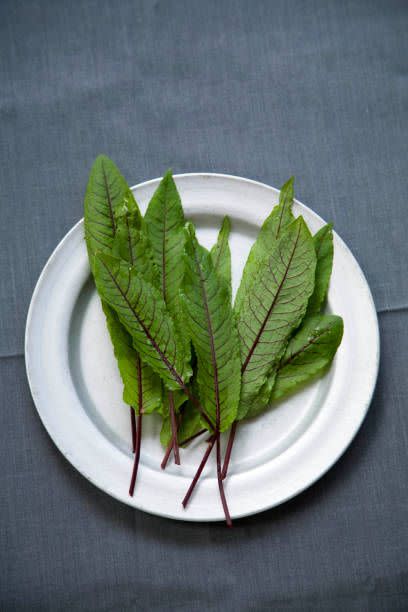
Swiss Chard
Swiss chard is both beautiful and delicious with its rainbow-hued stalks and bright green leaves. You can chop it and add to frittatas, soups, or side dishes. It's also easy to grow in full sun. To store, wrap the stalks in lightly damp paper towels before placing them in a plastic bag and storing them in a crisper drawer. Don't worry if the bag won't close―it's actually better to let the leaves breathe a little.
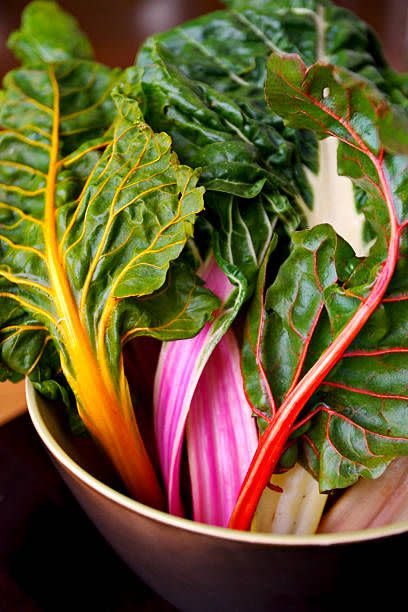
Fiddleheads
Foraged from ostrich ferns, fiddleheads are tightly furled young fern shoots that are cooked and eaten as a delicacy. The season is short, and they're typically available only at specialty grocers and farmers' markets. To store, find a perforated bag or breathable container to avoid moisture buildup and refrigerate for up to four days.
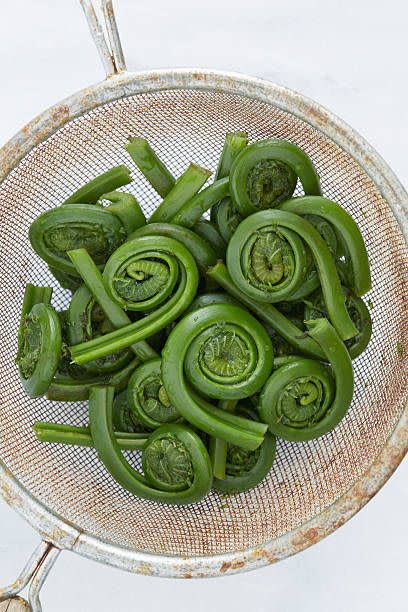
Snow Peas
You can eat the entire pod of snow peas, which makes them easy to cook and amazing in stir fry dishes or salads. They're also easy to grow in your garden; give them a sunny spot and a trellis to climb. Oh, and they're easy to store. Just pop them in a plastic bag and refrigerate for up to ten days.
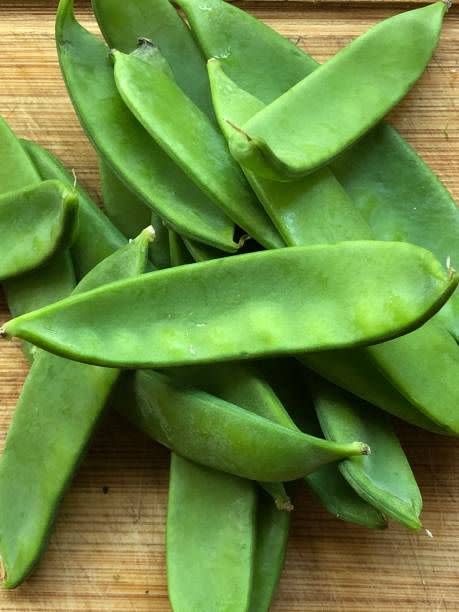
Spring Onions
Often confused with scallions, spring onions have more of a bulb-shaped end. These sweet, delicious onions are best—as you'd guess—in spring! Roast them whole to savor their flavor, add raw slices to salads, or pickle them to enjoy all year. To store, seal them in a plastic bag in the crisper drawer for up to two weeks.
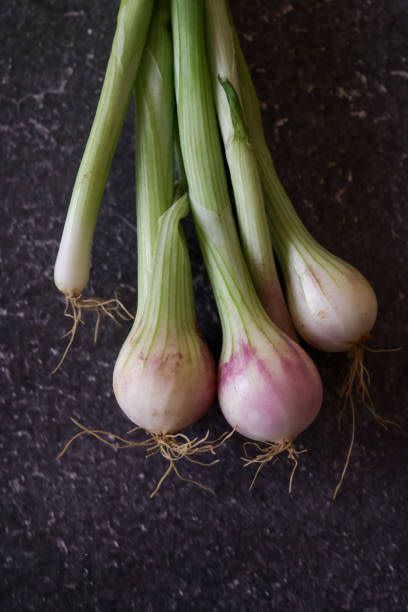
Lettuce
Of course, you'll find every kind of lettuce imaginable available year-round in supermarkets. But farmers' markets have an even wider selection in spring when harvested locally. Or grow them in your own garden; sprinkle mesclun seeds in your garden every two weeks in spring for a steady supply all season long. The delicate leaves should be wrapped in paper towels to keep them safe, then placed in a plastic bag and stored in fridge for up to two weeks.
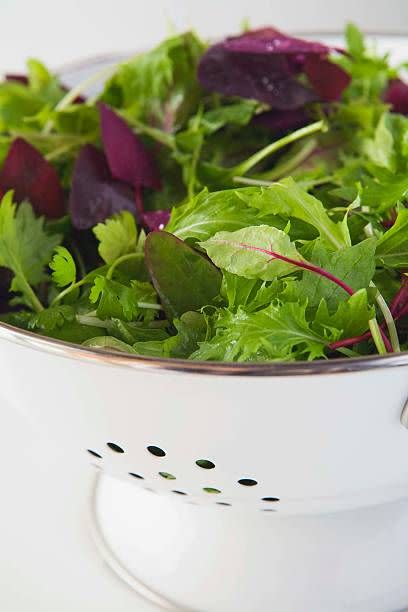
Rhubarb
Rhubarb has a tart kick that makes it ideal in both savory and sweet recipes. It's generally only available in fresh form in the spring, and it's also one of the few vegetables that's a perennial. You'll harvest rhubarb for years from your garden if it likes the growing conditions. To store, trim off all the leaves (which can be poisonous!), place in a perforated bag, and stash in the crisper for up to three weeks.
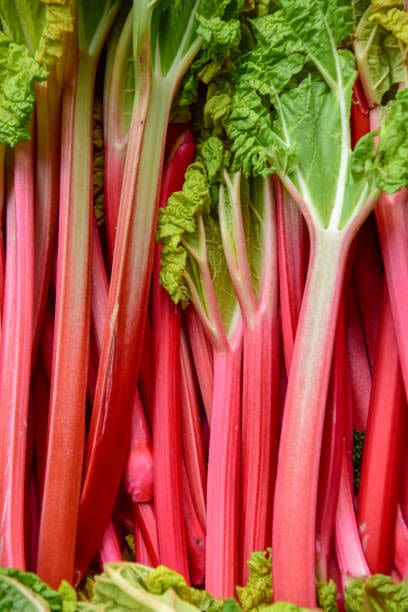
Radishes
Radishes have a spicy bite that makes them tasty for snacking or adding to salads. Plus, the leaves are edible, too! They're especially delicious when purchased fresh from the farmers' market, which often features heirloom or unusual varieties. Or grow them yourself; some types are ready to harvest in less than a month. They will last up to two weeks when in a perforated bag in the crisper drawer.
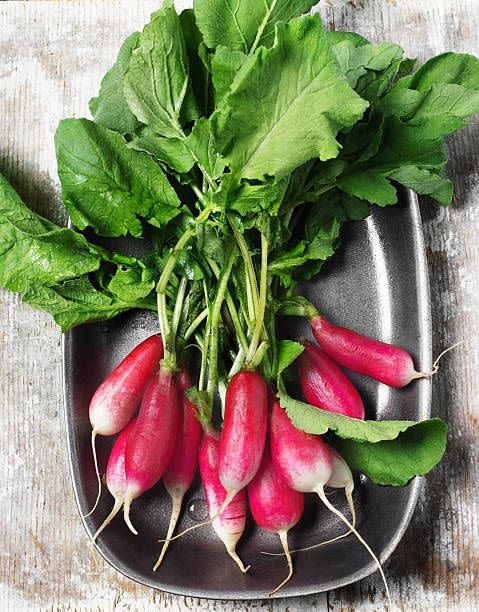
Spinach
Spinach is available year-round, but it's often extra-sweet in spring. Of course, it's great in so many spinach recipes: raw in spinach salads, basked in classic spinach pie, or mixed up in a super-easy spinach dip. Spinach is quick and easy to grow, too. To keep it fresh, wrap spinach in paper towels and then store in a plastic bag in the fridge for up to five days.
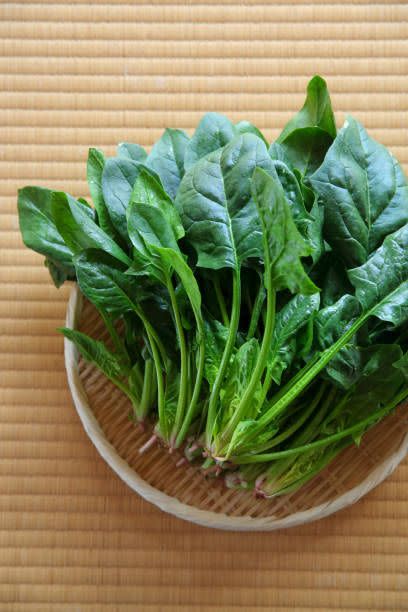
Shallots
Shallots are related to onions, but they have a much milder flavor, akin to a buttery onion or mild garlic. They're best in early spring, and they're also not difficult to grow from "sets," or bulbs. Like storing onions, shallots prefer a cool, dark, dry place and will last up to a month. If you're going to use them in the short term, they can be placed whole and uncovered in your fridge for up to five days.
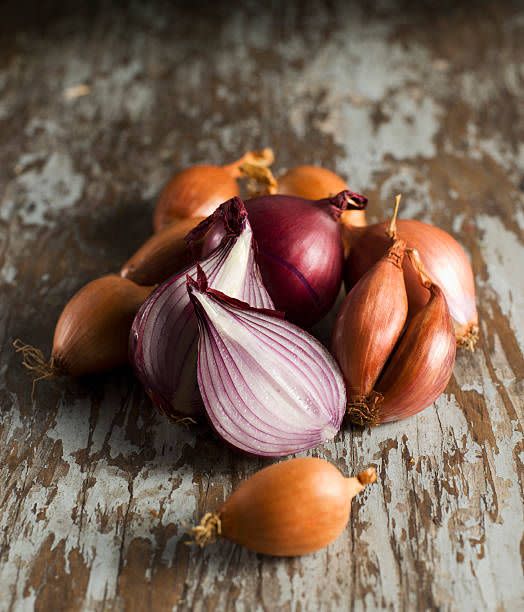
Ramps
Ramps are actually wild leeks, which have an oniony-garlicky flavor that mellows when sautéed. Their season is incredibly brief, so snag them when you see them. You can also pickle them so you can have the flavor all year long! Typically, you'll only find them at farmers' markets. They will last only a few days, so use them quickly. In the meantime, wrap them in a plastic bag and store them in the fridge.
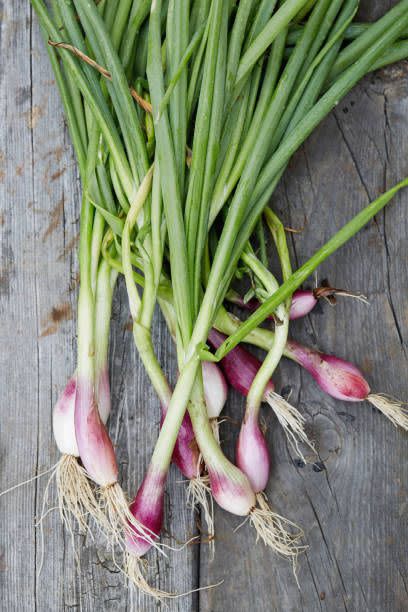
Carrots
Carrots love cool weather, so they're sweetest in the coldest months of the year. They're sold at supermarkets year-round, but baby carrots often are available only at farmers' markets in the spring. Remove the tops but do not peel them until you're ready to use. Place them in a resealable bag or container and store them in the coldest part of your fridge for up to a month.
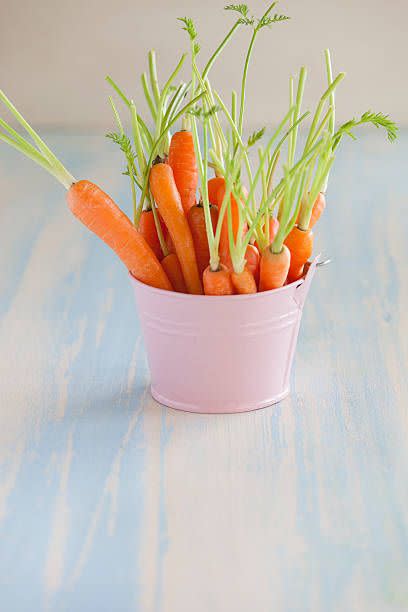
You Might Also Like

